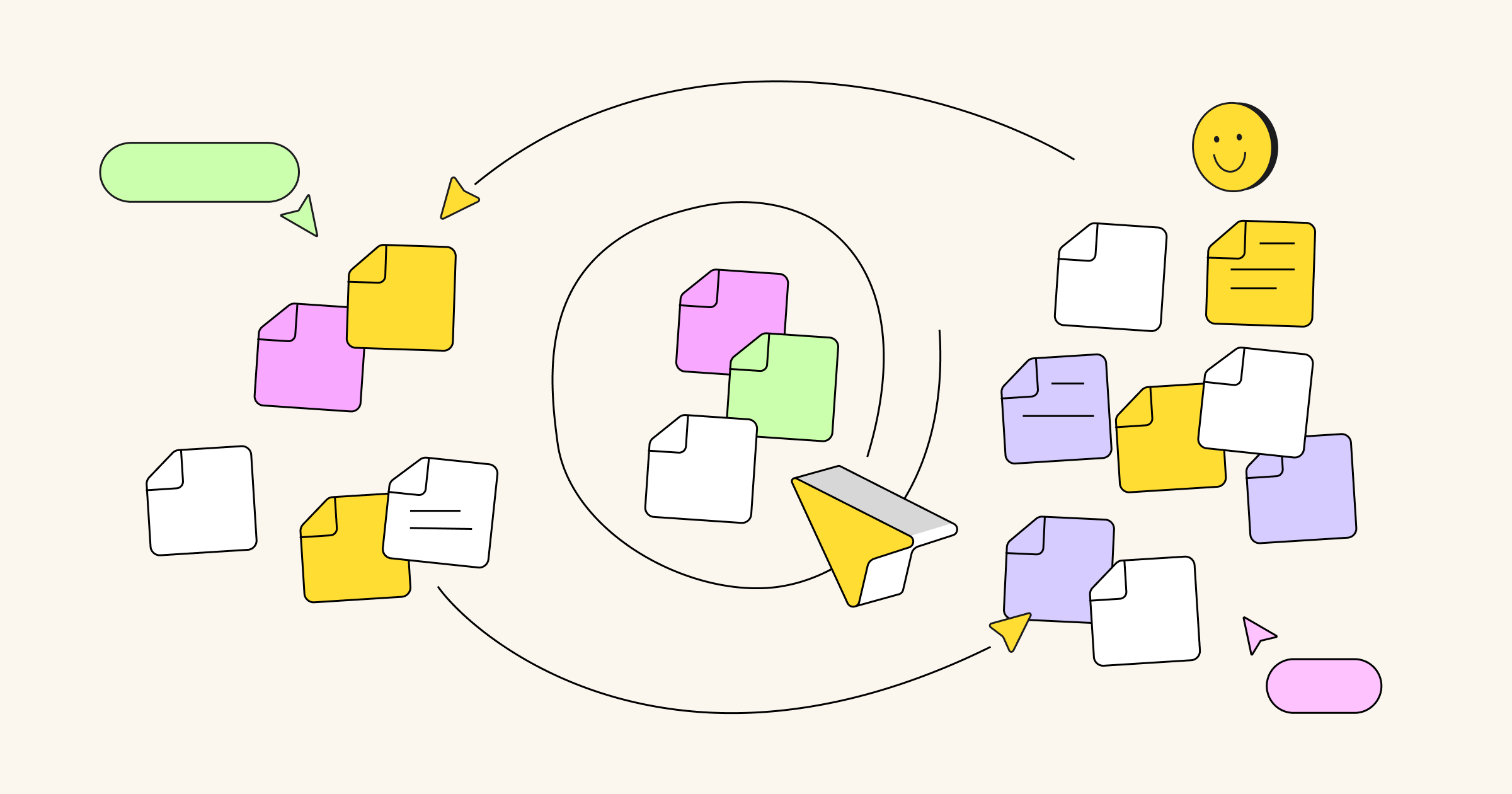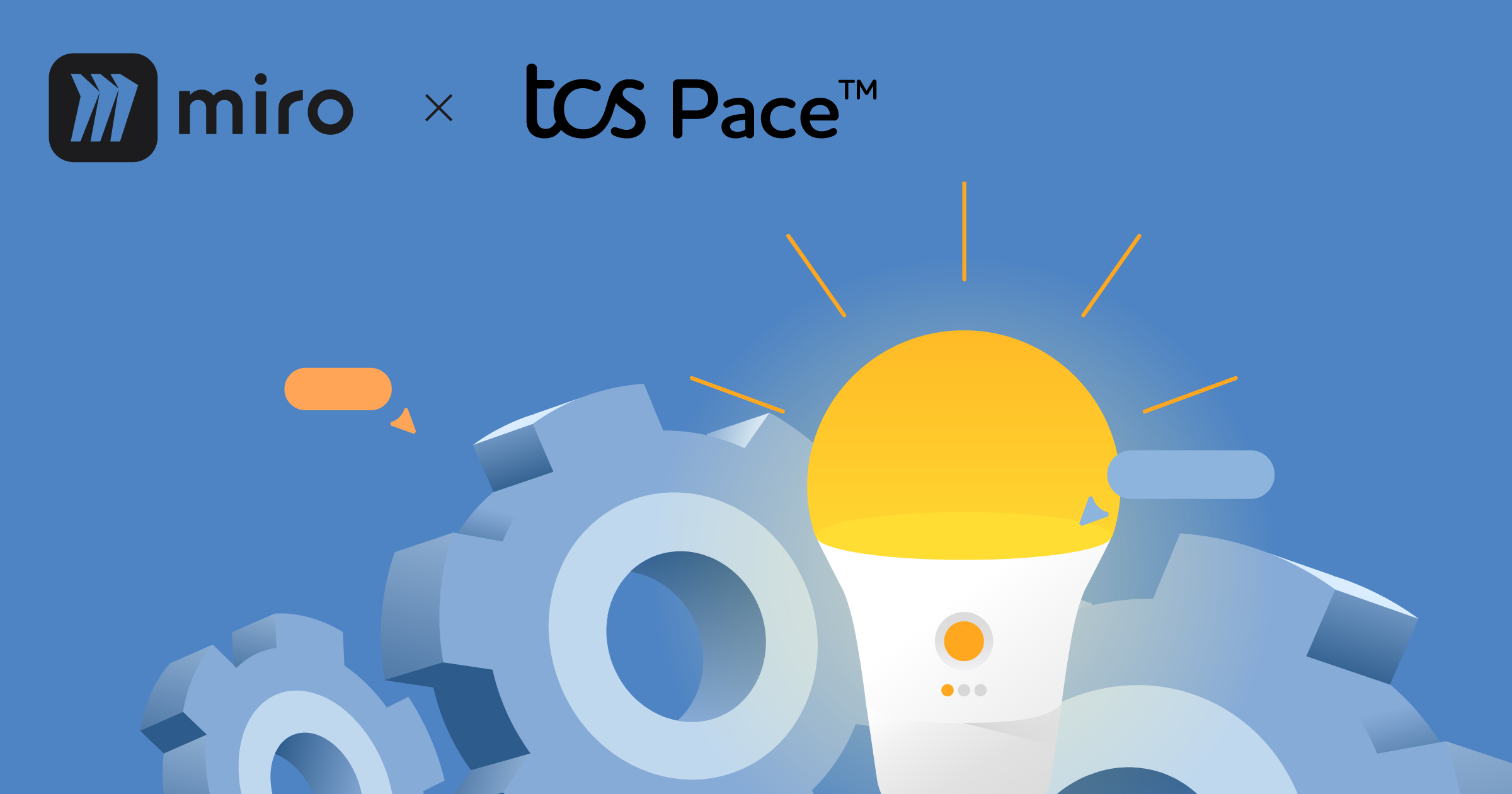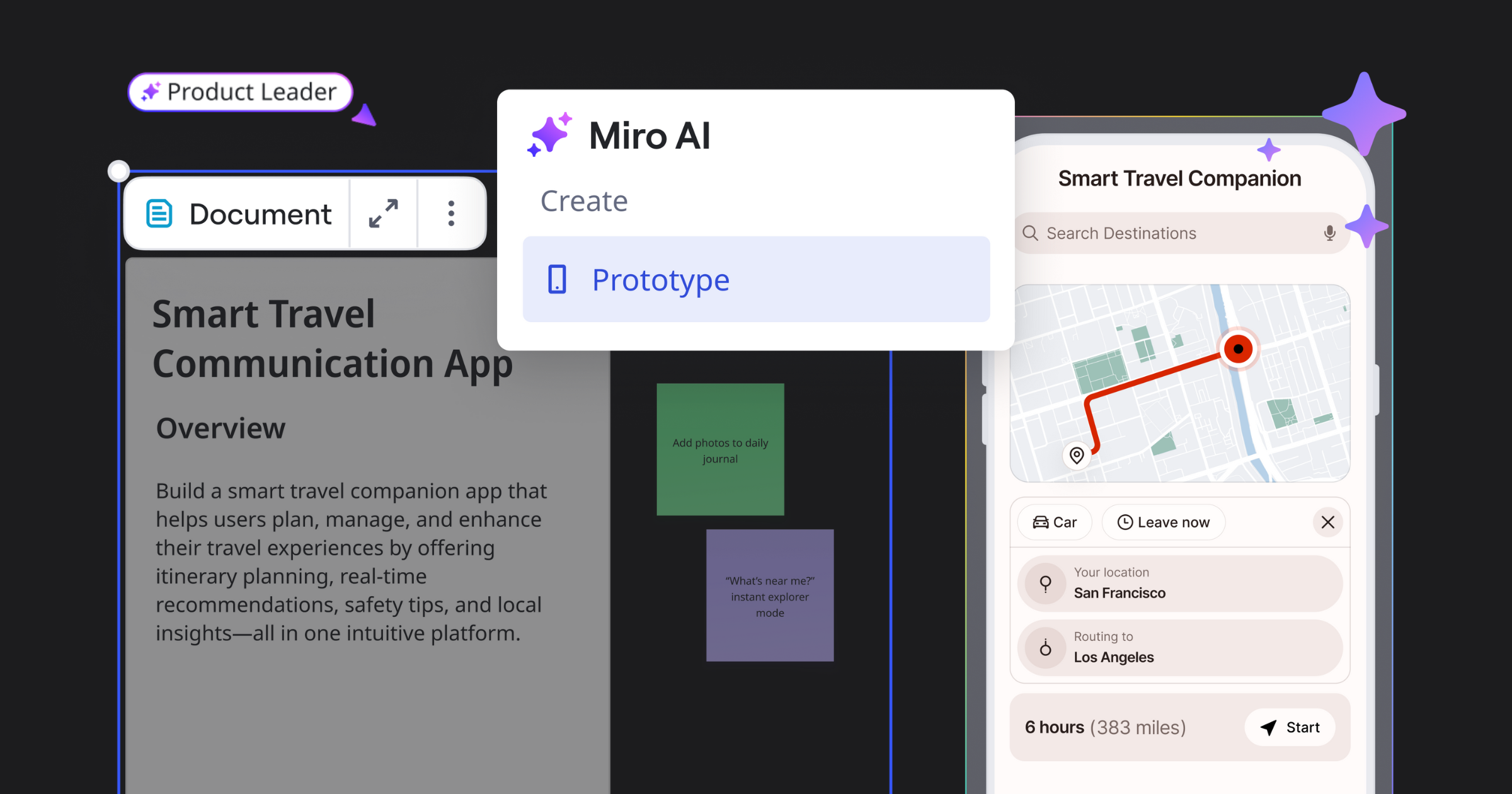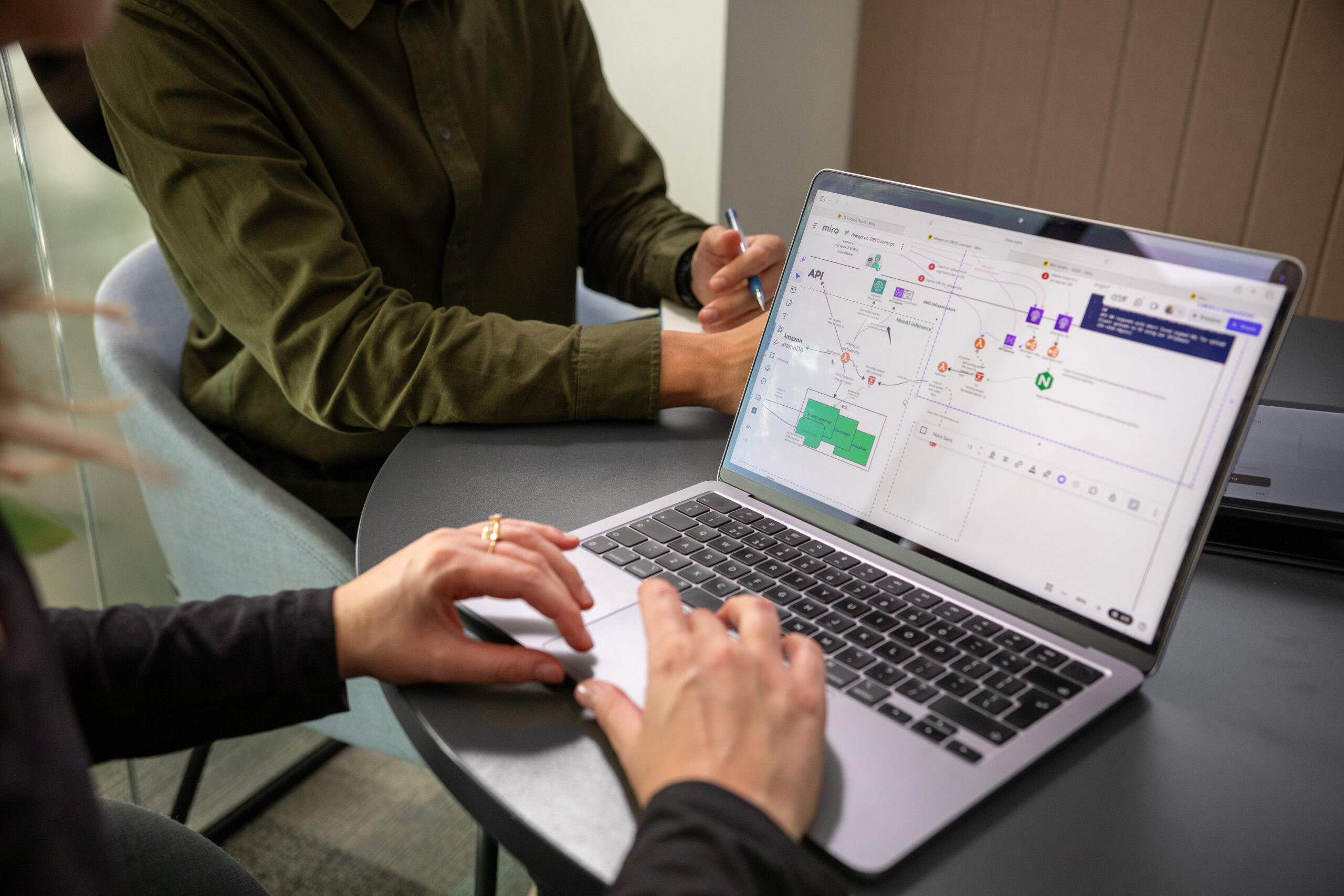We have been running our own design and development agency for over 10 years, successfully collaborating while fully remote since long before the COVID-19 crisis—in fact, most of our international team has never met in person.
Several years ago, we shifted from email to using an online chat tool. We were looking for ways to improve team communication and boost morale.
That’s when we came up with the idea for Karma bot, a wonderfully useful tool for tracking performance, handling promotions, assigning monetary rewards and bonuses, and deciding on salary appraisals. By awarding team members Reddit-like karma points, Karma helps people say “thank you” more often and connect with each other.
About Karma:
Karma is a SaaS tool that builds true bonding for remote teams. Set goals, track performance, and reward excellence. Encourage peer appreciation and recognition to become a better leader.
Of course, launching a new product as a fully remote team required an easy way to share, discuss, and document ideas. Miro’s collaborative visual workspace was an indispensable and multipurpose tool for our distributed team during various stages of Karma development.
Miro has all the familiar tools of the offline world like sticky notes, pens, shapes, and cards—but on a virtual board that’s available from anywhere.
Stas Kulesh, Karma founder
Ideation and concept development
Our entire project team—UX designers, programmers, product managers, customer experience managers, and even our users—gathered on the Miro board at different times of the day to brainstorm asynchronously and further develop our idea. Everyone contributed their thoughts, opinions, user research, competitive analyses, and other comments to the board.

As a result, we were able to implement many new ideas and suggestions from the team. Miro’s brainstorming and impact mapping templates helped create a complete visual overview of the project, helping everyone quickly understand new changes and continue working.
Miro helps turn the challenges of a remote team into an advantage: you wake up in the morning in New Zealand and the team in Russia has already done the work planned the day before, leaving comments on the board. Work goes on around the clock.
David Kravitz, Managing Director at Karma
MVP design and development

After finalizing the product concept, we moved on to its direct implementation and the development of a minimum viable product (MVP). We developed a work plan, broke it up into tasks, and distributed responsibility among team members using Miro’s mind mapping template and integrations with our workflow tools.
To avoid missing any updates to team boards, we installed the Miro app in Slack and could receive notifications about all changes directly in one place. We also imported task cards from Asana to the Miro board, allowing us to monitor changes and progress.
Product improvement based on real user feedback
After a long process of working through the initial ideas and creating the product, it was interesting to do a retrospective analysis of where we started and what we got in the end. Because of Miro’s infinite canvas, we could see the entire history of Karma’s creation on the board.
We began to focus on implementing new capabilities to make Karma more efficient and useful for users. The best way for us to stay close to the customer was to conduct workshops with active and loyal Karma users.
We developed workshop guidelines, assigned roles, and invited participants to an online Miro board. We already had everything we needed: colored sticky notes for different groups of participants, the ability to vote, make comments, and organize our work using frames. We used wireframing to present various layouts to clients, all while fully remote.

We made significant changes as a result of user feedback. Through these workshops, we discovered that our users loved Karma’s positivity most of all, which led us to remove the ability to leave negative feedback in the platform and add new Achievement boards.
Giants like Microsoft, VMware, Electronic Arts, Kaiser Permanente, Garmin, and others quickly adopted Karma. We quickly incorporated new features, such as performance and time tracking, based on feedback we collected. In a way, our users helped create Karma.
Stas Kulesh, Karma founder
Due to time, space, and financial constraints, it would have been almost impossible to implement this workshop experience offline. As a consequence of several asynchronous and completely remote workshops in Miro, we improved our product and became closer to our users.
Karma growth and impact
Six months after we began using Karma to recognize and appreciate employees, the team seemed to be more efficient, supportive, and cohesive.
This success motivated us to publish Karma bot to the Slack app directory and on the Product Hunt platform. Later, we launched the product on the MS Teams and Telegram platforms. Karma has also been recognized globally: in 2018, Microsoft announced a significant investment to help adapt Karma for MS Teams, part of the Office365 package.
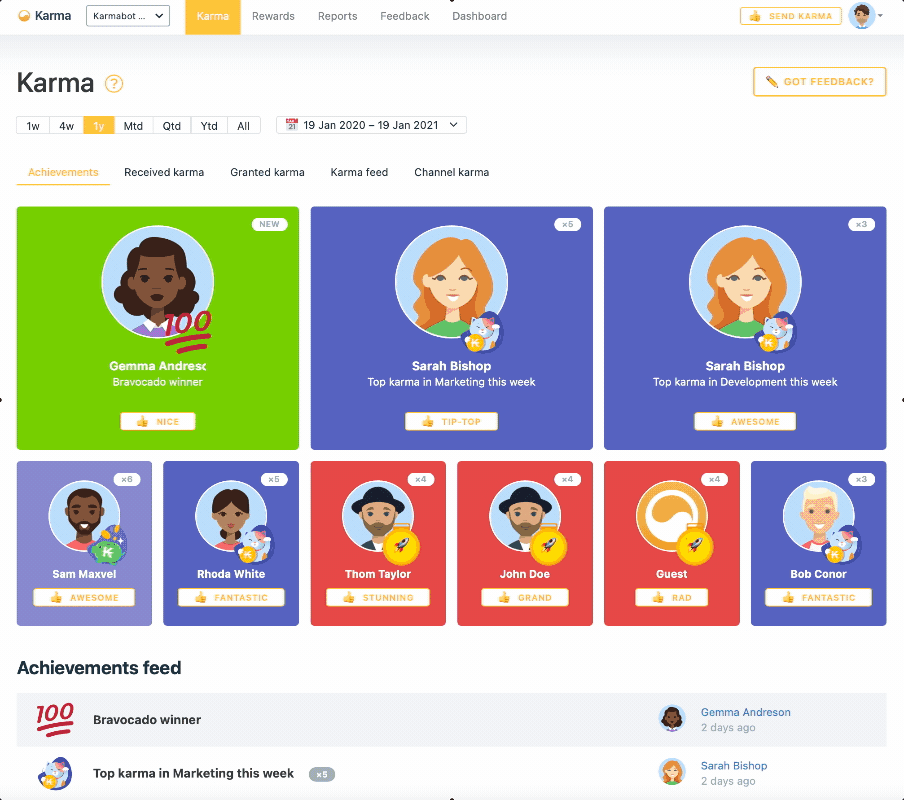
Today, over 1.3 million happy customers on 20,000 teams use Karma for daily appreciation, recognition, and rewards, reducing turnover costs for companies and improving peer bonding for employees.
The speed of developing a startup project from idea to product development is one of the key factors in its success. Our remote team was able to grow a complex product in about a year, and we’ve been through several phases of development. Versatile, multi-functional, and flexible tools like Miro allowed us to achieve maximum efficiency throughout the development process.

